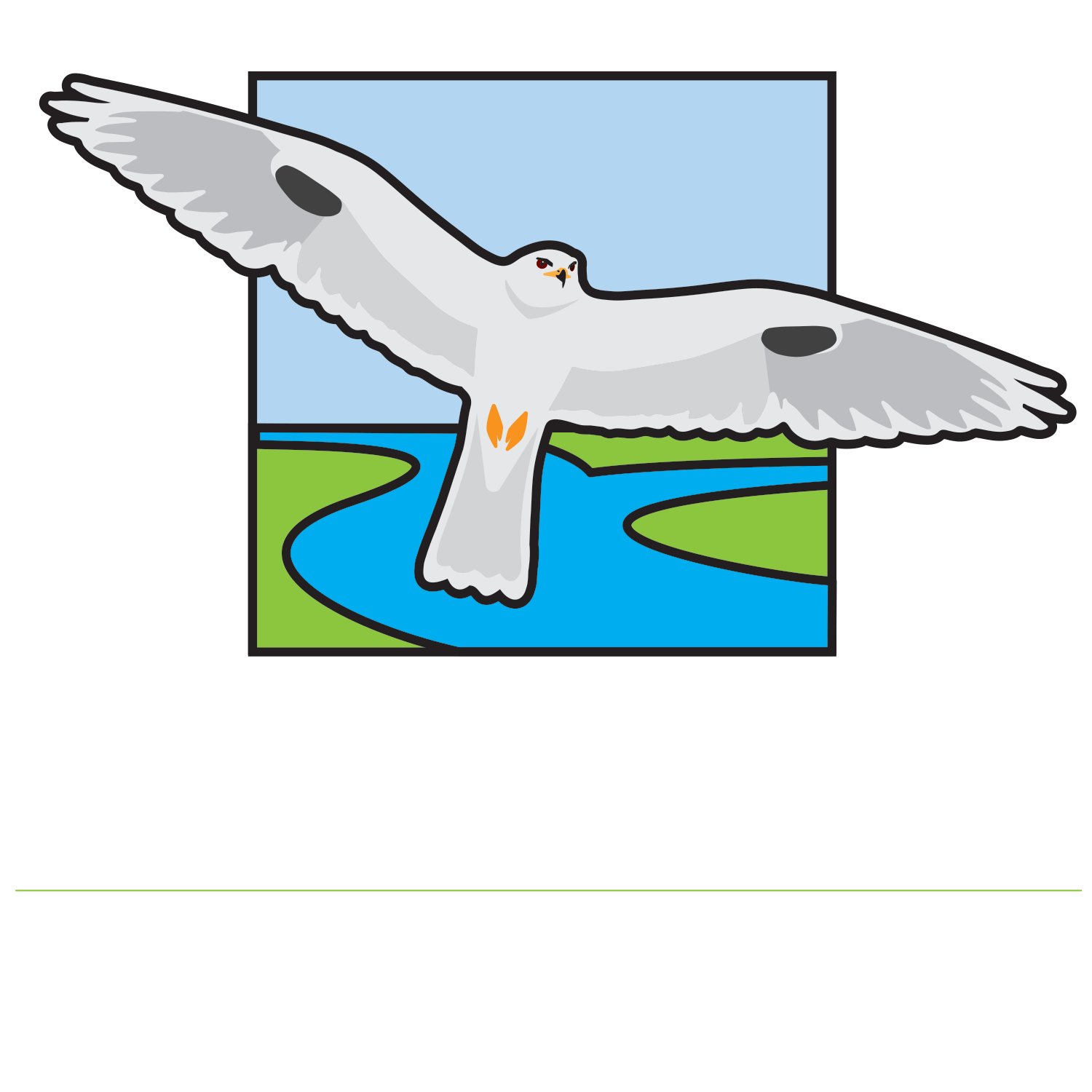Q: Have you ever wondered what a hummingbird’s colorful patch of throat feathers is called?
A: The feathers are called a “gorget” (pronounced gor-git). The term comes from a period when a knight-in-armor wore a metallic collar – or gorget to protect his throat. The gorget is found on many males, particularly those found in North America, and they are iridescent.
Q: What fountains do hummingbirds prefer?
A: Hummingbirds prefer places that are easy for them to perch and take advantage of the water. Fountains with small bubblers and rough textures such as slate slabs. These are best options because they give the birds plenty of space to access the water where they feel safe and comfortable.
Hummingbirds also love to drink from water hoses.
Q: How can I attract more hummingbirds to my backyard?
A: Grow native plants that have lots of nectar to attract these energetic birds. Nectar is a sweet, liquid substance produced by the flowers of plants. It is made in glands of the plants called nectaries. Hummingbirds need this sweet (sugar) solution to fuel their high energy lifestyle. Did you know that they flap their wings around 60 times per second, have hearts that beat on average 1,200 times per minute, and stick their tongue in and out of a feeder 13 times per second?
A common trait that many nectar producing plants have is that they are long and tubular. Examples include red columbine, bee balm, trumpet honeysuckle, cardinal flower, and red buckeye. Insects have a hard time reaching the nectars in these types of flowers; but hummingbirds with their long beaks and tongues, are perfectly adapted.
Q: How long do hummingbirds live?
A: Depending on the species hummingbirds live on average 3 to 5 years; but have been known to live up to 12 years.
Anna’s Hummingbird on Nest by Larry Hickey
Q: What do hummingbirds make their nests out of ?
A: Common items used to build hummingbird nests includes spider silk/ webs, lichens, moss, bark fragments, leaves, feathers, fur, and plant fibers.




